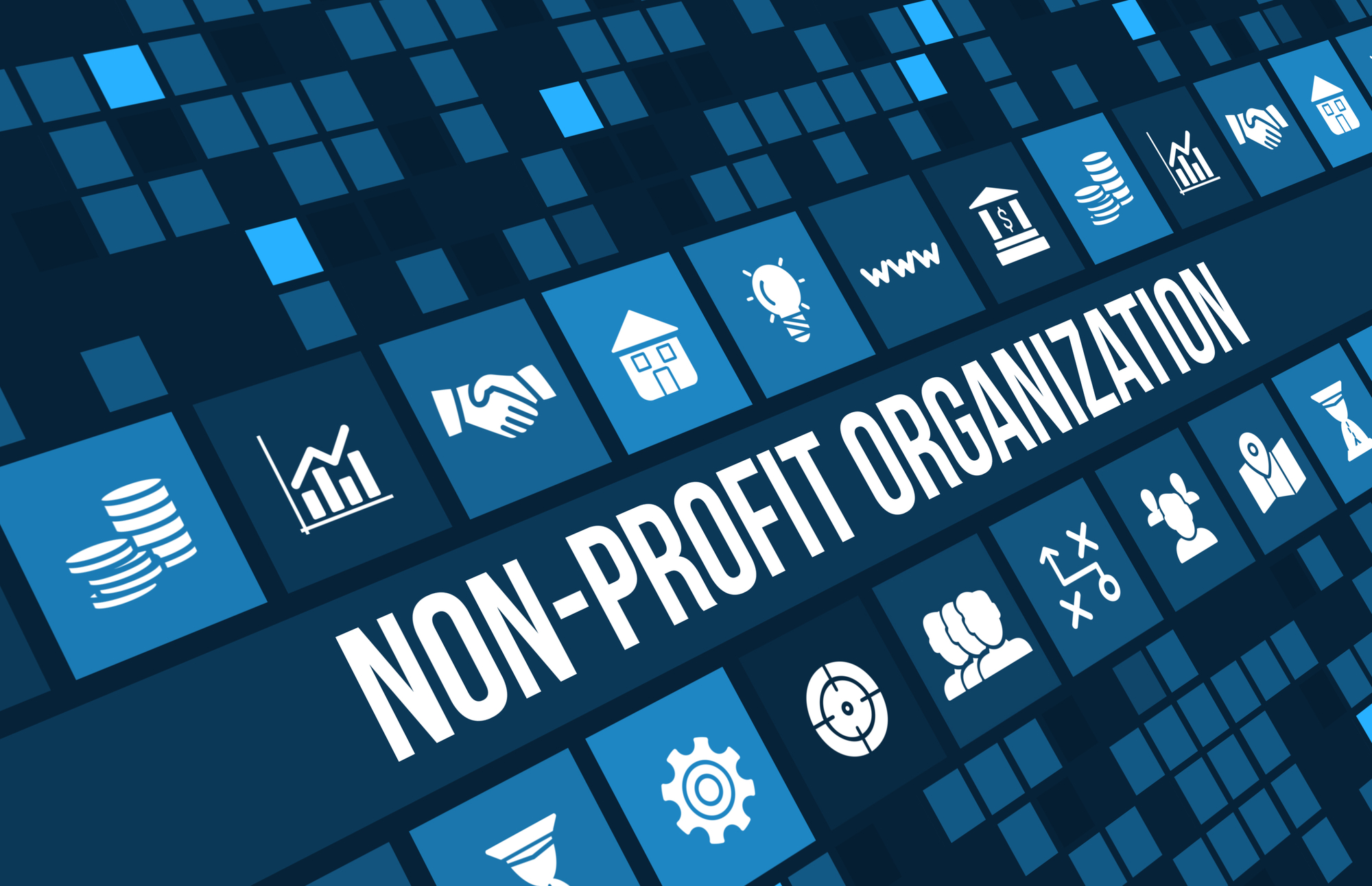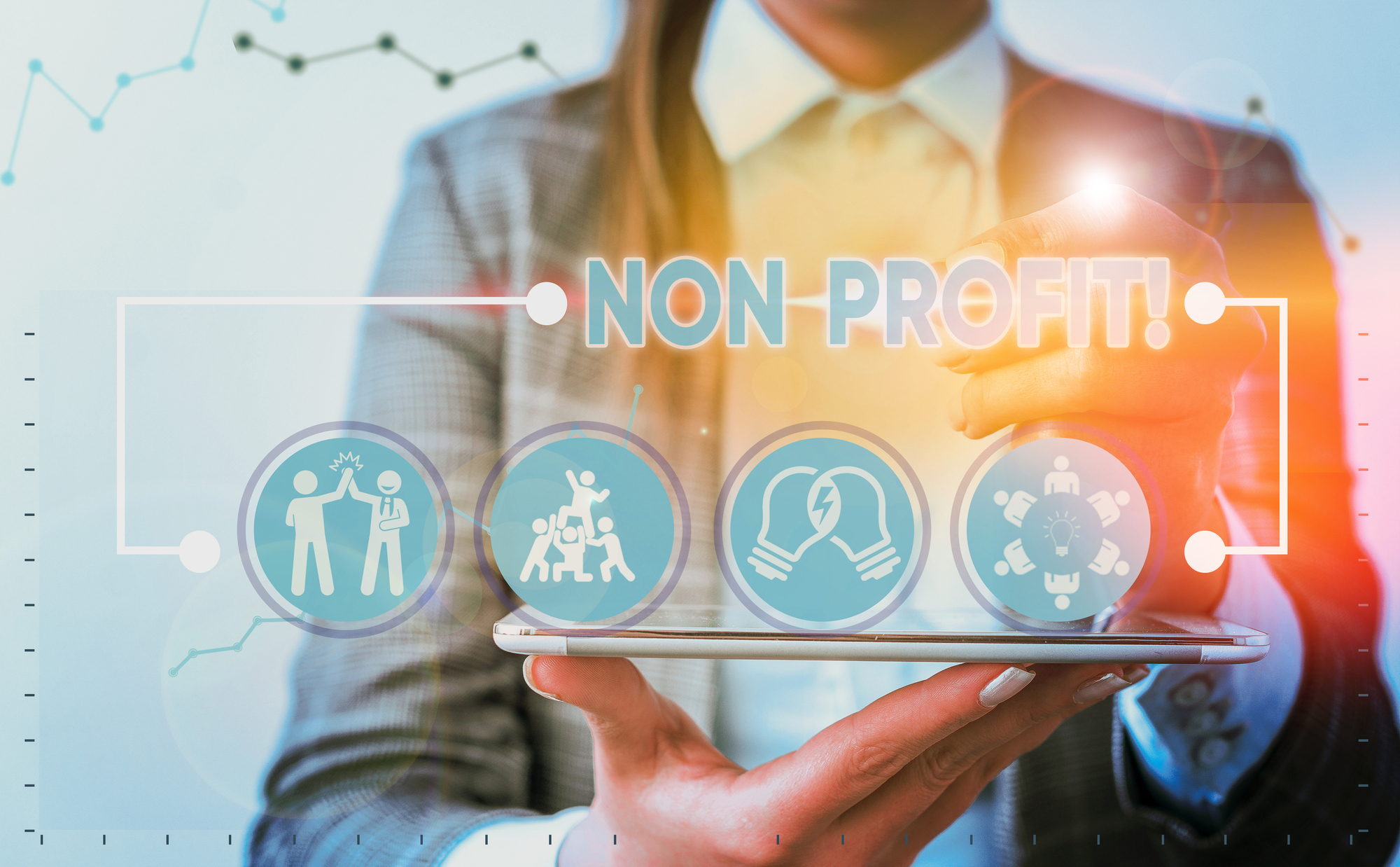501 nonprofit cybersecurity is a critical concern for today’s organizations. As hackers continue targeting vulnerable users, nonprofits are racing to achieve cybersecurity compliance and avoid malicious activity which could damage their mission and operations. During this quest for cybersecurity, it’s common to see IT personnel being asked to handle both technology operations and network security. Although, while IT and cybersecurity experts fall under the same umbrella, there are great differences between managing and security data.
To help your organization beef up its 501 nonprofit cybersecurity game, it is useful to know the main differences between IT and Cybersecurity:
What's the Difference between InfoSec (Information Security) and IT (Information Technology)?

When nonprofit leaders reference anything under the IT umbrella, they typically think of system administrators, network and server administration, and any staff members who keep digital assets available and running smoothly. These staff members are critical to the everyday operations of digital resources and network communication.
They ensure that users can stay productive and have access to network resources critical to their job functions.
That is why it’s not uncommon to think an IT staff person, who is skilled at system administration, is also educated and experienced with InfoSec. Yet, the truth is that many system administrators are unfamiliar with the cybersecurity landscape, threats that could turn into serious compromises, and the standards and best practices to protect one from these risks, which is why data breaches and cyberattacks continue to plague the nonprofit world.
Data security and the resources that store it are an InfoSec professional’s primary concern. IT staff unfamiliar with cyber-criminals behavior and habits are incapable of identifying threats and could potentially add unknown risks to an organization. InfoSec staff also help monitor digital assets to quickly detect an ongoing attack and contain it in the shortest timeframe and most efficient way possible.
The underground cyber-criminal landscape is always evolving, with attackers finding new ways to scan and exploit vulnerabilities. InfoSec professionals must stay up-to-date with the latest threats and vulnerabilities, and then alert IT staff about the necessity to schedule an update to patch the vulnerable system. This responsibility will save your nonprofit time and resources, and many IT staff do not have the resources to stay familiar with the newest threat actors. InfoSec works directly with administrators to keep systems protected from the latest threats often publicized in advisories available to organizations and hackers.

Although both InfoSec and IT staff have different functions, they still must work together to provide services to an organization. Their job functions fall under the same umbrella, so both departments have overlapping responsibilities.
For instance, an InfoSec staff member auditing network infrastructure might find that the network is not properly segmented to protect the billing department data in-motion from other departments located on the same network segment. InfoSec staff would work directly with system administrators to design additional firewall infrastructure to ensure limited downtime and a smooth transition to new network architecture for all users and connected applications.
Network administrators and IT staff responsible for building a secure environment can also be overworked when they have limited knowledge of InfoSec. This issue leads to mistakes, including misconfigurations, missed unpatched vulnerable resources, privilege accumulation and escalation, and unnoticed ongoing attacks from malware and phished stolen credentials. Essentially, cybersecurity and data protection are full-time jobs that should have a professional’s focus instead of being left as additional workloads for already full-time employees.
InfoSec professionals also work with developers to find vulnerabilities in code. Before developers deploy an application, a code review and scan of services ensures that internal applications are also secure from data disclosure and bugs that could allow anything from malware injection to remote control of a web server.
Nonprofit Challenges with Cybersecurity and Data Protection

Even if nonprofits recognize the need for InfoSec, there are still major challenges to moving from a poorly defended organization to one that takes cybersecurity as an essential factor in day-to-day system administration. It usually takes a professional to bring any business in line with what is considered cybersecurity best practices.
Users within an organization are often implicitly trusted, and this is one major mistake that can lead to several types of cyber incidents, such as malware installation, ransomware, data eavesdropping, exfiltration, and stolen credentials. Poorly secured environments are vulnerable to numerous threats, but a few are major concerns and introduce higher risks.
As counterintuitive as it sounds, nonprofits need to adopt a zero-trust approach to network security and assume that every user could be an attacker, either maliciously, or as naïve to phishing and social engineering. The zero-trust approach takes most system administrators and users time to get used to, but with InfoSec professionals’ help, it can be a smooth transition.
In the nonprofit industry, it’s not uncommon to give several users full permissions across all systems. As users move to different jobs within the organization and volunteers come and go, more privileges are added without reevaluating existing permissions. Accumulated privileges are a major issue for nonprofits when phishing and social engineering attacks occur. The more users with escalated privileges, the more likely the nonprofit is to suffer from a successful large data breach due to phishing or social engineering.
For example, it’s not uncommon for nonprofits to have volunteers and interns working remotely from different parts of the world. While this type of experience offers benefits in terms of skillshare, it can pose a threat to the nonprofit. Ensuring that all staff and volunteers use an antivirus, a VPN, and antimalware program will minimize the chances of being prey to ill-intended users. Verizon’s Data Breach Investigations Report highlighted that in 2021, 85% of network security attacks involved human error. Several small, mid, and major nonprofits have had sensitive information open to ill-intended users.
Take the United Nations as an example. In September, the UN confirmed that it had been the victim of various data breaches, some of which are still ongoing. This incident occurred after hackers got access to an employee credential through the deep web. Overall, the United Nations estimates that 100,000 private records have been exposed.
Now that you know the main differences between IT and Cybersecurity, take a look at these resources that might help you step up your cybersecurity game:
Learn how 501 nonprofit cybersecurity can support your mission and operations.
This 501 nonprofit cybersecurity checklist will help you understand where your organization is vulnerable. Use them as a starting point in your next cybersecurity meeting.
This whitepaper will help you understand what are the main differences between IT and InfoSec professionals.
Understand your organization’s current security posture. The knowledge gained through a 501 nonprofit cybersecurity assessment will help guide the decisions that will need to be made to improve your security and align your risk with acceptable tolerance levels.











